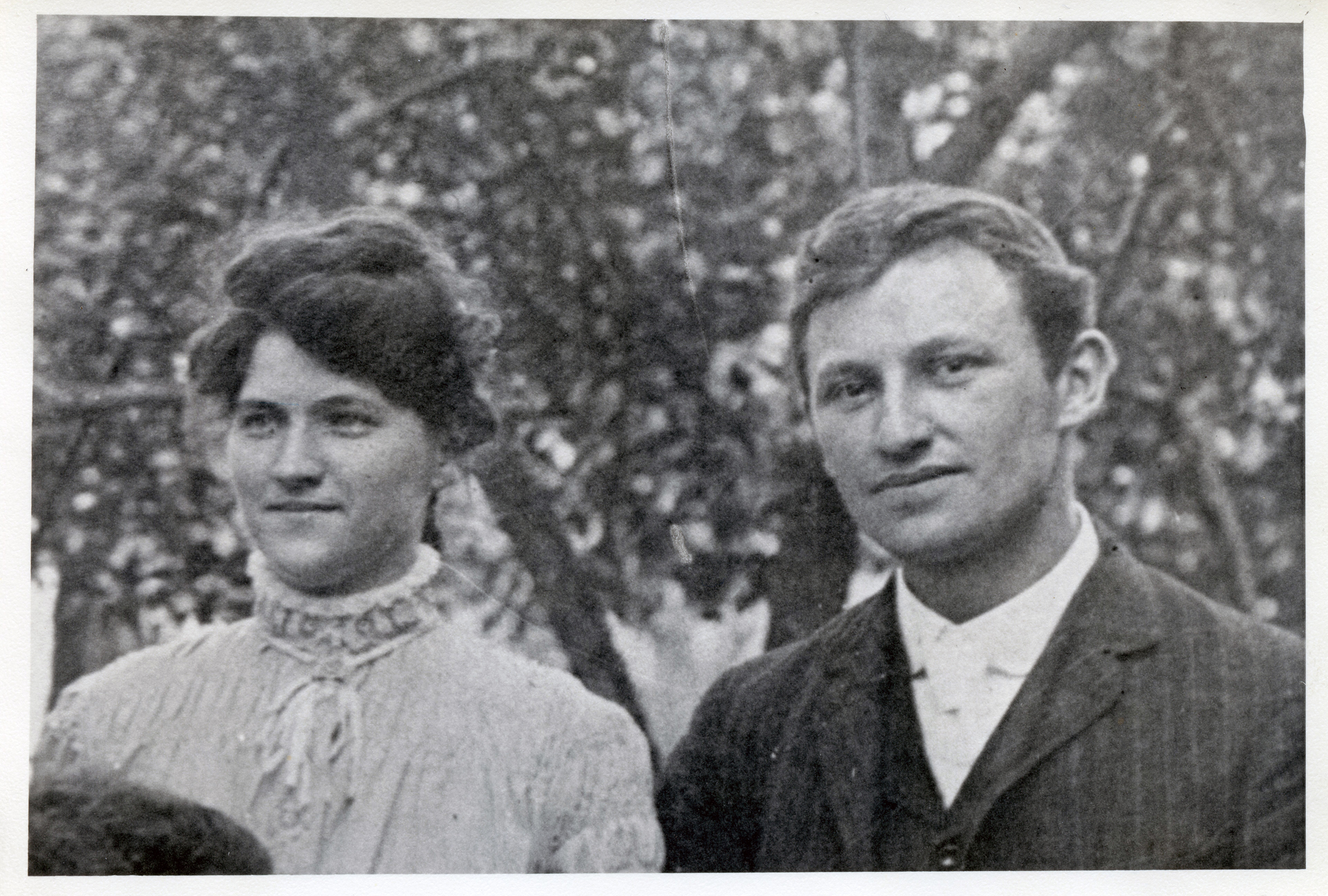Peter and I have a daily ritual of watching Leave it to Beaver each morning over coffee. It’s really kind of embarrassing. Initially we just wanted to get away from the news – we’re up at 6 each day and by the time Beaver comes on at 8 we’re toast – but by now we watch because, well, we like it. Jerry Mathers, the actor who plays Beaver, is about my age and it’s set in the late 1950’s early 60’s – the time of our childhood. June Cleaver is his stay-at-home mom, and a homemaker who does housework wearing a dress and pearl necklace. She doesn’t drive (at least I don’t think she does – otherwise wouldn’t she have been able to take the boys to the track meet in the episode when Lumpy’s car broke down?), and she defers to her husband Ward on all matters of importance.
It’s an idealized view to be sure, but the series makes me think. Although Marlene often allowed Dad to take lead, not much of the rest rings true for me. Mum had a job and went to work each day while I attended nursery school, elementary school and so on. She drove. Was she ahead of her time?
I recently updated a knit design named for my great-grandmother Martha, once again giving me the opportunity to dive into family records, this time for a closer look at her story.
Martha Steig c1893
Martha Theresa Louisa Steig (b. 1877 in Germany) migrated to the US with her family in 1887 when she was 10.
At the age of 20 she married Albert Ulrich Ziegler (b. 1874). They had 5 children: Lillian Hildegarde (b. 1898), Arnold (b. 1900), Mildred (b. 1901), Walter (b. 1906), and Albert (b. 1911). The oldest, Lillian Hildegarde (Hilda), contracted polio as a child that left her handicapped.
Martha and Albert c1905
Martha and Albert c1916
Sadly, some years later Martha and Albert divorced, their discord caused primarily, as the family story goes, by their disagreement over Hilda’s college attendance. Huh?
I have confirmed that they were divorced at some point between 1920 and 1930 since the 1930 census indicates Mrs. M T Ziegler’s status as such and shows them living separately. Divorce was spoken of in whispers during the time of my childhood, never mind 2 full generations before that – and undertaken for reasons of a female child attending college?! Just wow. Although the messages were mixed – Martha feared that Hilda would not find a husband to support her financially – I’m struck by Martha’s obvious innovation, and courage. There was likely more to the story, but she wanted Hilda to attend college and Albert did not.
Fast forwarding to the end, college was attended and Hilda became an MIT librarian where she worked until her retirement in 1969. Thanks in part to mother Martha, she lived independently for all of her days.
Martha and Hilda c1925
Circling back to the beginning of my post, I like to think that the variation in Marlene’s 1950’s lifestyle might stem in part from something in her DNA, something maybe from Martha, that hopefully I got a bit of too. I’m going with that.
Martha, my latest knit redesign, just republished 3/27/2019.



